China, Shanghai - On April 23, under the assistance of the Toumai® Four-arm Laparoscopic Surgical Robot (referred to as the Toumai® robot), Dr. Wang Jun, Director of Pediatric Surgery at Xinhua Hospital affiliated to Shanghai Jiao Tong University School of Medicine, successfully performed an esophageal hiatus hernia repair combined with fundoplication surgery on an 11-month-old infant. This marked the first time a domestically produced laparoscopic surgical robot completed this procedure in the field of pediatric general surgery, setting another "domestic first" record and validating the safety, precision, and reliability of the domestic Toumai® robot in the clinical application of infant surgery. The successful completion of the surgery also signifies a new milestone in the clinical application of domestically produced surgical robots in pediatric surgery, providing better relief for children suffering from congenital diseases and assisting more families in overcoming difficulties.
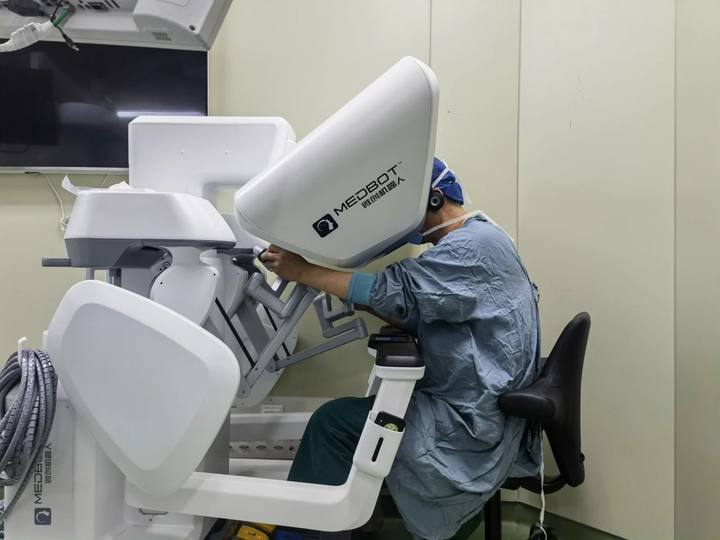
▲Dr. Wang Jun performing surgery
According to the hospital, congenital esophageal hiatus hernia in children refers to the protrusion of the stomach through a large or small esophageal hiatus into the chest cavity, with or without a hernia sac, often caused by incomplete development of the diaphragmatic hiatus. With the continuous development of robotic technology, the application of robot-assisted laparoscopic repair of esophageal hiatus hernia combined with fundoplication surgery can accomplish the closure of the "hole." Compared to traditional open surgery, this approach is characterized by minimal trauma, safety, effectiveness, fewer complications, and aesthetically pleasing incisions.
The child in this surgery was young and had undergone gastrostomy due to congenital esophageal atresia before admission. Considering that the anatomical structures and physiological functions of the child were not fully mature, the surgical team needed to be particularly cautious and meticulous during the surgical operation and perioperative period. In the process of formulating the surgical treatment plan, Dr. Wang Jun and the surgical team carefully considered and discussed various details during and after the surgery, as well as possible complications, and determined effective countermeasures.
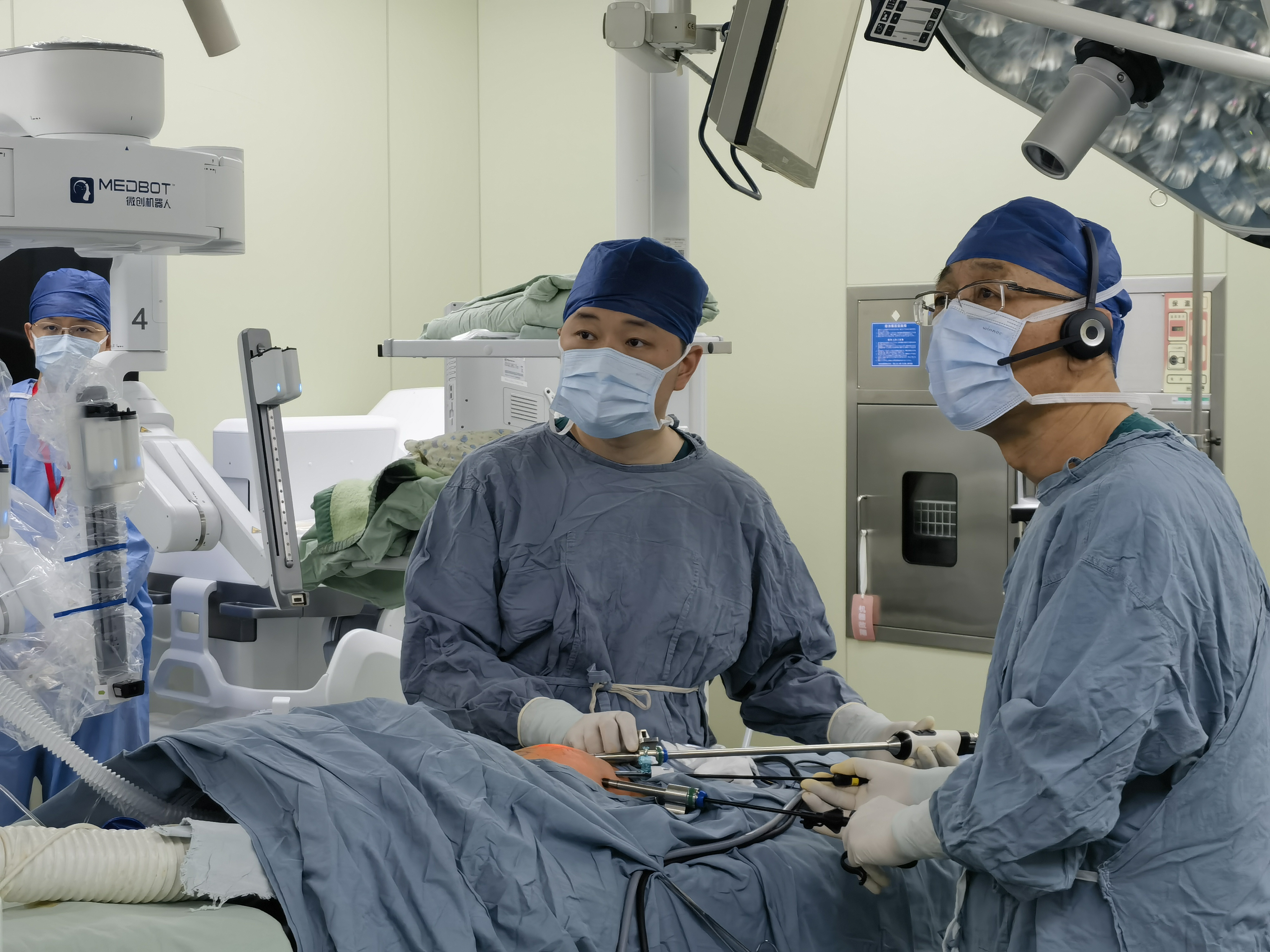
▲Toumai® robot assisted esophageal hiatal hernia repair in infants
Additionally, due to the delicate and fragile nature of the child's organs and tissues, as well as the limited abdominal space, the surgical operation became more complex and challenging. This required the surgeon to perform gentle and precise actions, such as cutting, suturing, and reconstructing, meeting the demands of skilled laparoscopic surgical techniques and familiarity with local anatomy. Simultaneously, the robotic assistant in the surgery needed to be stable in performance, provide clear and three-dimensional surgical fields, and possess sophisticated and flexible instruments.
On the day of the surgery, with thorough and meticulous preparation by the surgical team, Dr. Wang Jun performed precise anatomical identification and dissection in the surgical area with the assistance of the Toumai® robot, completing the hernia repair. The surgical procedures were carried out methodically, achieving stable, precise, and smooth suturing and reconstruction to ensure surgical safety and effectiveness. The entire operation lasted only 1 hour and 20 minutes, with minimal visible bleeding.
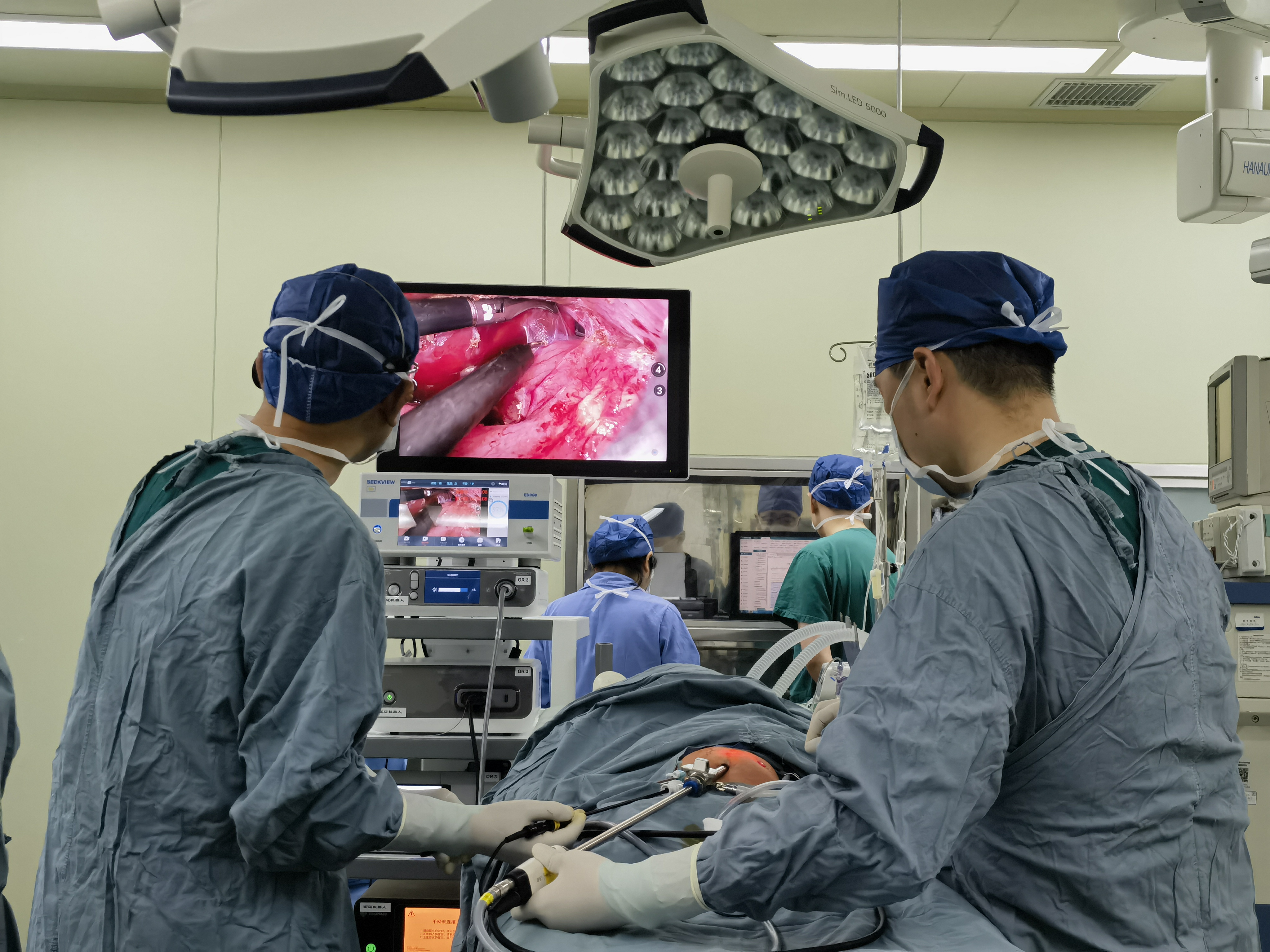
▲Toumai® robot assisted esophageal hiatal hernia repair in infants
Dr. Wang Jun mentioned that infant surgery is more challenging compared to surgeries on older children. Due to the young age of the infant, their organs and tissues are more delicate and fragile, requiring gentle and slow handling of instruments during clamping to avoid tissue damage. Furthermore, as the infant's esophageal wall, stomach wall, and diaphragmatic muscle are relatively thin, caution is needed during suturing to avoid excessive tension, which could lead to tissue tearing. The sutures also need to be firmly secured to withstand high tension in the long term, preventing postoperative recurrence. The Toumai® robot provided a clear and three-dimensional surgical field during the surgery, facilitating the exposure of the esophageal hiatus and diaphragmatic foot, among other local anatomical structures. Its precise and flexible surgical instruments allowed the surgeon to operate skillfully and with precise control. In this particular case, the technical advantages of precise identification, precise dissection, and precise suturing were fully utilized, protecting the child's other organs and enabling a faster recovery. Currently, the child is recovering well, with no vomiting or discomfort during feeding, and a follow-up imaging examination showed the stomach in its normal position.
Mr. Yu Liu, Executive Vice President and Chief Commercial Officer of the MicroPort® MedBot®, expressed his congratulations on the Toumai® robot assisting Dr. Wang Jun in achieving a new "domestic first" record at Xinhua Hospital. The Toumai® robot is currently the first and only domestically produced laparoscopic surgical robot successfully used in clinical applications in the field of pediatric surgery, fully demonstrating its flexibility and stability in operating within small surgical spaces, as well as the safety and reliability of performing surgeries. Leveraging these technological advantages, the Toumai® robot can assist surgical experts in continuously creating "domestic first" records, innovating surgical methods, and promoting the high-quality development of minimally invasive surgery in China, effectively providing more precise, comprehensive, and high-quality diagnosis and treatment services to a wide range of patients.
-
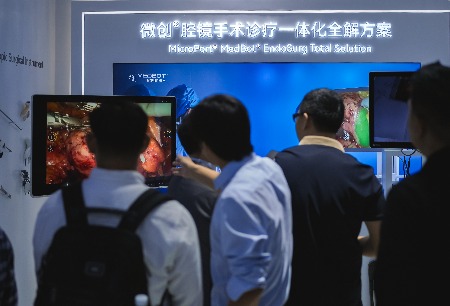 2025-11-14Toumai® Robotic Fluorescence Imaging System Receives EU CE Certification
2025-11-14Toumai® Robotic Fluorescence Imaging System Receives EU CE Certification -
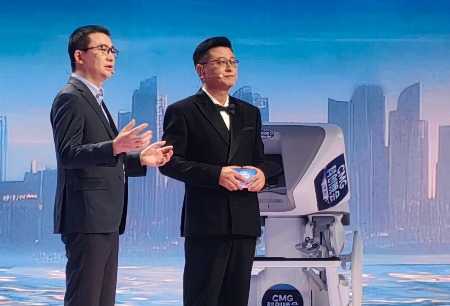 2025-11-10MicroPort® MedBotTM Showcases Toumai® Surgical Robot at “China Sci-Tech Innovation Gala”!
2025-11-10MicroPort® MedBotTM Showcases Toumai® Surgical Robot at “China Sci-Tech Innovation Gala”! -
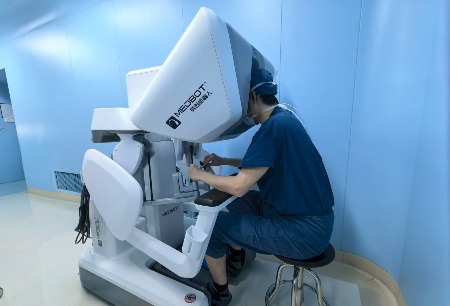 2025-10-13Toumai® Robot Assists in Complex Pancreaticoduodenectomy with SMV Resection and Prosthetic Graft Reconstruction
2025-10-13Toumai® Robot Assists in Complex Pancreaticoduodenectomy with SMV Resection and Prosthetic Graft Reconstruction






 Hu ICP Bei No. 20013662 HGWA Bei No. 31011502015178
Hu ICP Bei No. 20013662 HGWA Bei No. 31011502015178 " are registered trademarks of Shanghai MicroPort Medical (Group) Co., Ltd.” . They have been authorized to be used by Shanghai Microport Medbot (Group) Co., Ltd., and no other party shall use such trademarks without prior written permission thereof.
" are registered trademarks of Shanghai MicroPort Medical (Group) Co., Ltd.” . They have been authorized to be used by Shanghai Microport Medbot (Group) Co., Ltd., and no other party shall use such trademarks without prior written permission thereof.
